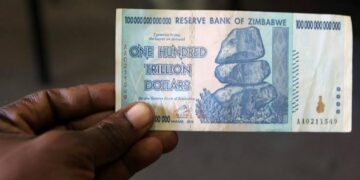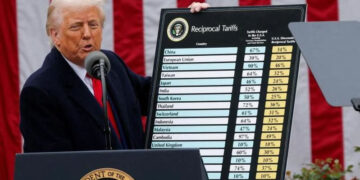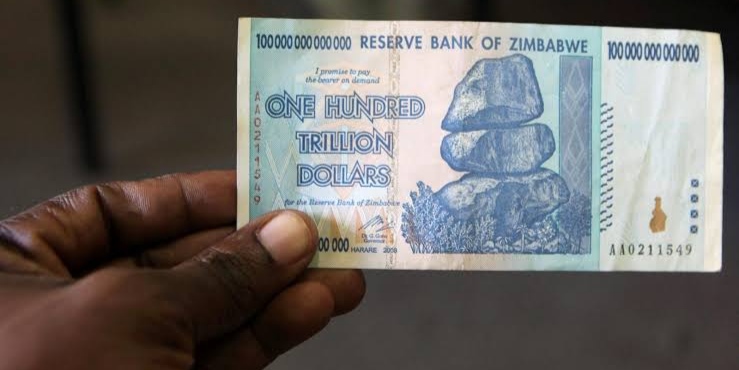By John Ikani
Official statistics have revealed that Zimbabwe’s annual inflation rate skyrocketed to 191.6 percent in June, doubling the consumer price increases of two months ago.
Inflation which was at 96.4 percent in April, crept up to nearly 200 percent as prices of cooking oil and bread are leaping higher as a result of Russia’s invasion of Ukraine.
The development came as the government failed to present new measures to tackle the rising cost of living.
The Zimbabwean dollar has weakened 70% this year against the US dollar, making it Africa’s worst performing currency. The local unit officially trades at Z$355 per US dollar, but changes hands for between Z$500 and Z$670 on the parallel market, according to ZimPriceCheck.com, a website that tracks both the official and unofficial rates.
Consequently, the price of basic goods including bread has soared, prompting the central bank last week to offer bakers access to foreign currency in order to curb increases. The energy regulator on Friday announced a second increase in a month in gas prices.
Rising prices revive memories of hyperinflation seen more than a decade ago when inflation spiralled so far out of control that the central bank in 2008 issued a 100-trillion-dollar note, which has now become a collectors’ item.
The government then ditched the local currency and adopted the US dollar and the South African rand as legal tender.
But in 2019 the government reintroduced the Zimbabwean dollar, which has rapidly been declining in value.




































